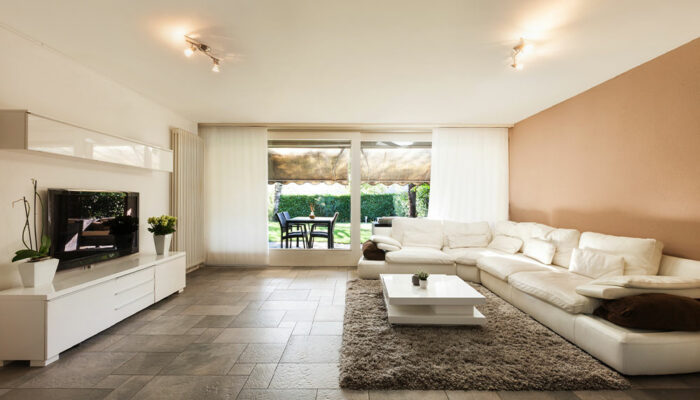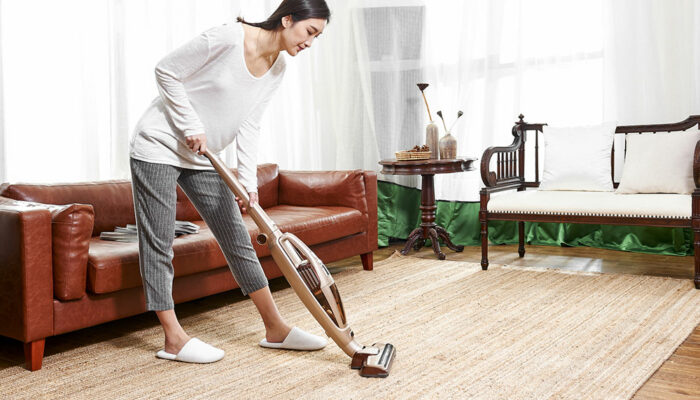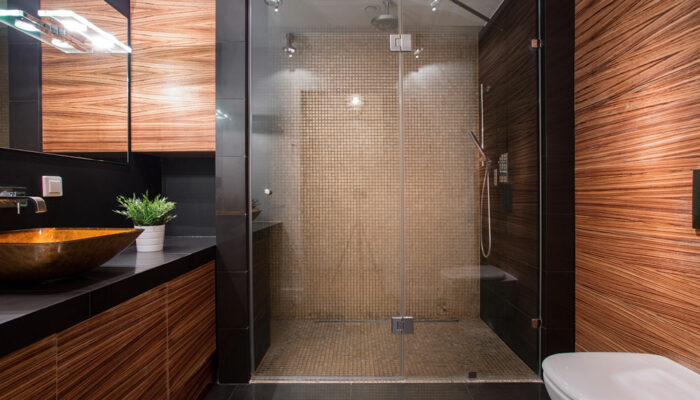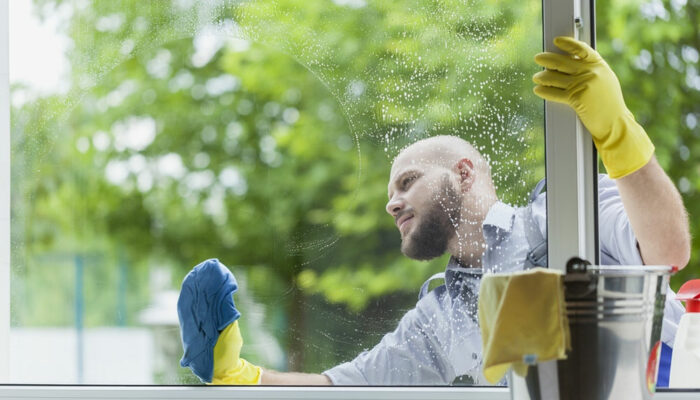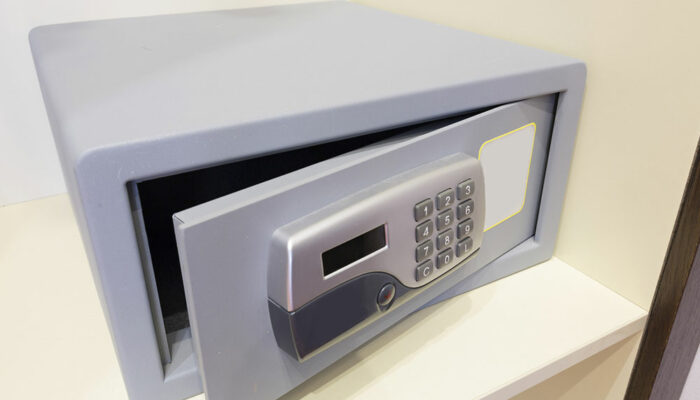home and needs
Cleaning Mistakes to Avoid and Other Tips
Some people love cleaning while others loathe it. But the fact remains that everyone has to clean their homes now and then. A few prefer to hire people to clean and search for trustworthy cleaning services. However, those who do it themselves quickly learn what mistakes to avoid and which products to use for their home. Here is an all-you-need-to-know guide to getting a clean house and the top mistakes to avoid. Top 5 cleaning mistakes to avoid There are several mistakes that you can make even if you clean the house yourself on a regular basis. Some of these are possibly carelessness, while others might be due to disorganization. So whether you clean yourself or outsource your cleaning, there are some mistakes you should avoid. Using dirty tools Imagine rubbing a clean surface with a dirty cloth. That is often what happens when you go into cleaning unprepared. It is ideal to wash your cleaning tools – cleaning cloths, scrubs, mop heads, and brushes and disinfect them before use. Always change the filter and empty the vacuum when it becomes full. This ensures optimal performance and also sees to it your cleaning is not ineffective. Using too many cleaning products Using excess cleaning products can lead to the furniture or spot being cleaned become greasy.
Read More 
